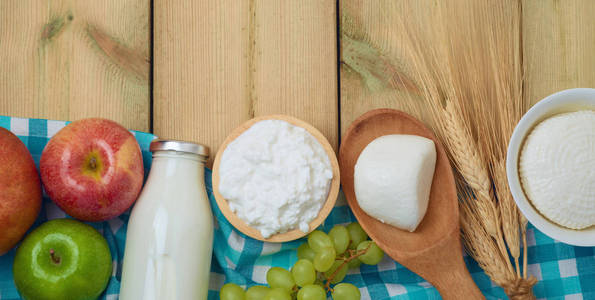Phospholipid in dairy products
Time:2023-12-12
Phospholipids are added to dairy products for various purposes, leveraging their unique functional properties.These applications contribute to the improvement of texture, stability, and other quality attributes of dairy items.
Phospholipids, especially lecithin, act as natural emulsifiers.In dairy products like ice cream, whipped toppings, and coffee creamers, phospholipids enhance the stability of emulsions by facilitating the dispersion of fat globules in the aqueous phase, preventing separation and improving mouthfeel.
Phospholipids contribute to the creamy texture and mouthfeel in dairy products. In ice cream, for example, the incorporation of phospholipids can enhance the smoothness and creaminess of the frozen dessert.
Phospholipids can serve as carriers for fat-soluble nutrients, contributing to the fortification of dairy products.This is especially relevant for products like infant formula, where the addition of phospholipids helps improve the bioavailability of essential nutrients.
Phospholipids can be used as fat mimetics in reduced-fat dairy products.They help mimic the sensory attributes of fat, providing a creamy texture and mouthfeel even in products with lower fat content.
Phospholipids can be utilized to encapsulate flavors and aromas, preventing their degradation and loss during storage.This is particularly important in dairy products where the retention of characteristic flavors is desired.
Phospholipids can stabilize proteins in dairy products, preventing protein aggregation and improving the overall stability of products like yogurt and protein-fortified beverages.
In products like whipped cream and aerosolized dairy toppings, phospholipids contribute to improved whipping properties, stability, and texture.
Phospholipids are considered natural ingredients, and their use aligns with consumer preferences for clean-label products.They provide a natural alternative to synthetic emulsifiers.
In certain formulations, phospholipids can contribute to the enhanced absorption of fat-soluble nutrients, supporting the bioavailability of these nutrients in the digestive system.
In cheese manufacturing, phospholipids can prevent protein aggregation, contributing to the smooth texture and quality of the final product.
The specific application of phospholipids in dairy products may vary depending on the product type, processing methods, and desired product attributes.Manufacturers carefully consider these factors to achieve the intended functional and sensory benefits in their dairy formulations.


 CN
CN





